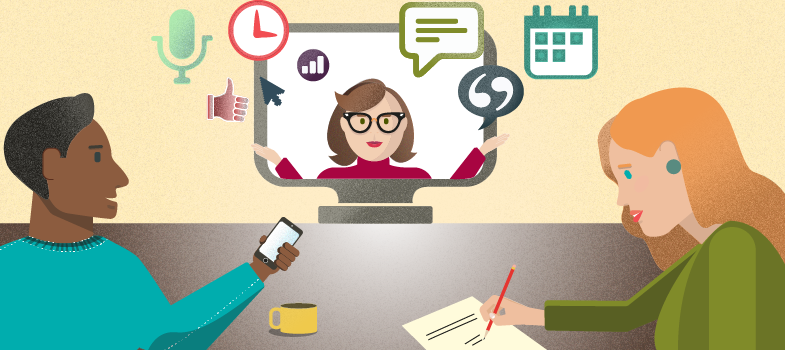Lesson 5: Summary
This lesson has gone into more detail about the steps you can take to stay safe online and protect your personal information, building on what you covered in Lessons 3 [Tip: hold Ctrl and click a link to open it in a new tab. (Hide tip)] and 4. In this lesson, you looked at some of the precautions you can take to minimise risks, such as running an antivirus program, keeping it up to date and not responding to phishing emails.
Computer viruses and malware are rogue programs that can spread from one computer to the next. They can steal personal information and do damage to your computer. Installing trusted antivirus software on your computer is important to protect you from online risks like viruses and malware, but you should still be aware of what you click, download and open.
You also looked at how cyber criminals can take advantage of people looking for health products or relationships online. Another serious risk is identity theft, a type of fraud that uses stolen personal information to impersonate another person. You also looked at some of the ways you can spot online scams like these and what you can do to protect yourself.
Finally, you looked at some of the principles of the GDPR. These regulations are intended to protect how your personal information is used and stored by companies and organisations and gives you certain rights.
Activity 5.4: Looking back on Lesson 5
Use the space below to make notes on what you’ve learned in Lesson 5. Think about what was new to you and what you already knew.
Here are some ideas to get you started:
I have antivirus software on my computer and keep it up to date.
I know what to look out for to check if an email or website is fake or from a trusted source.
I have an idea of the protections and rights that I have under data protection regulations.
Your rights
